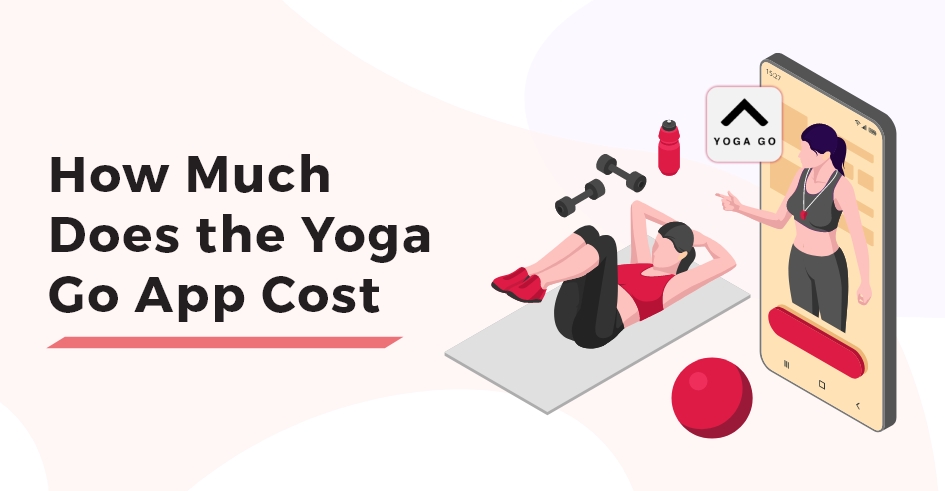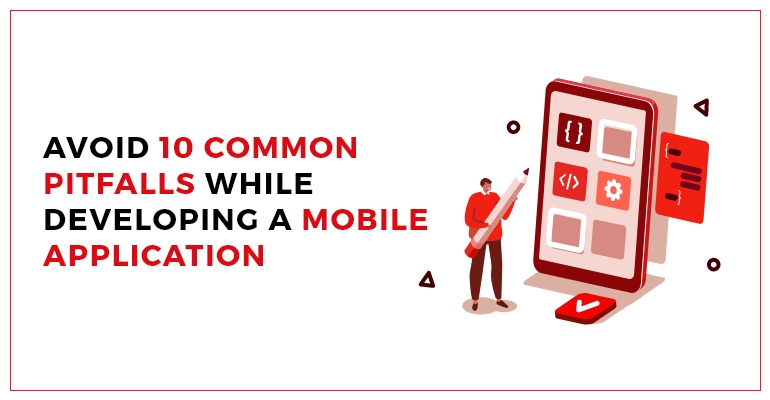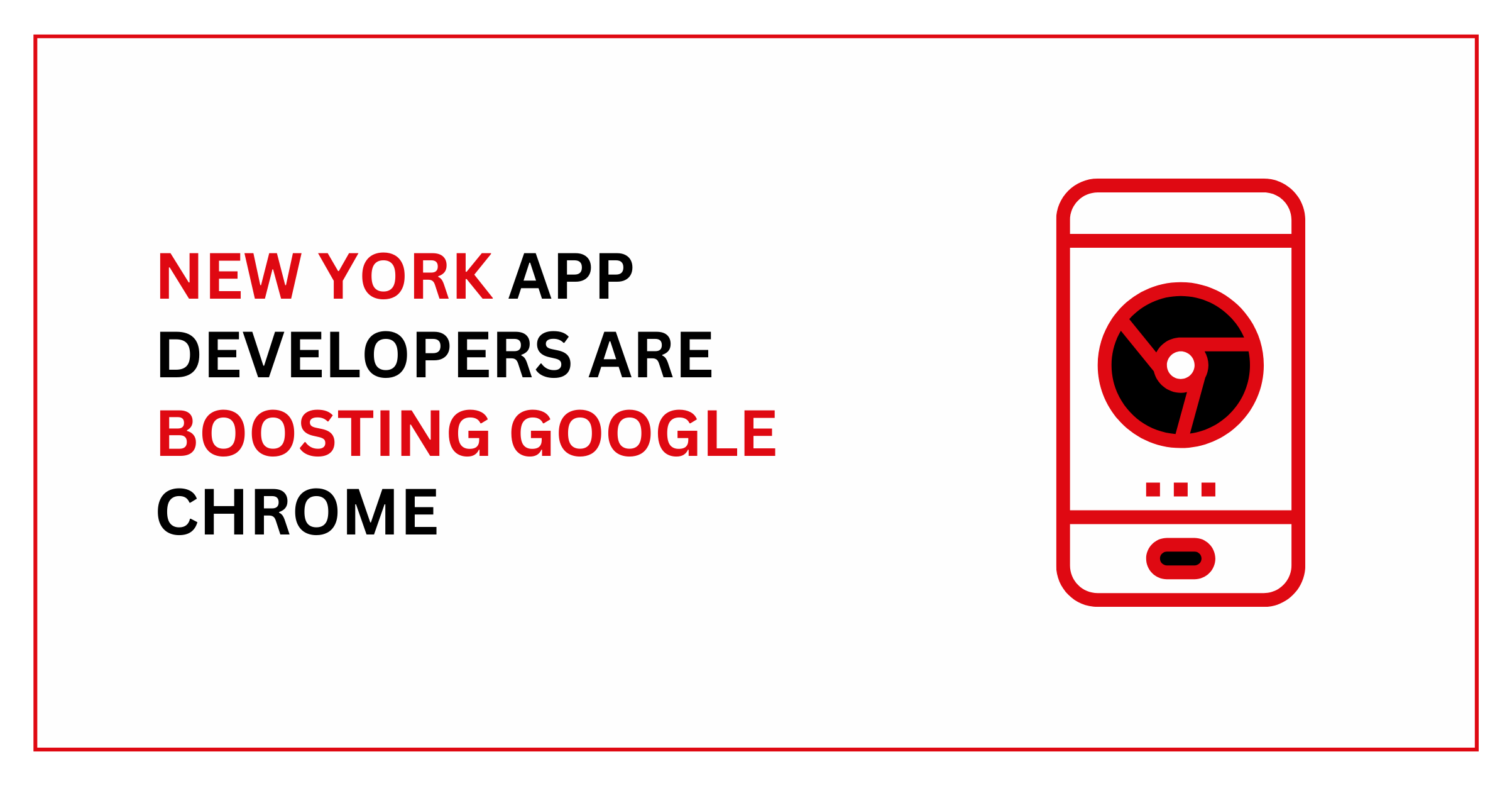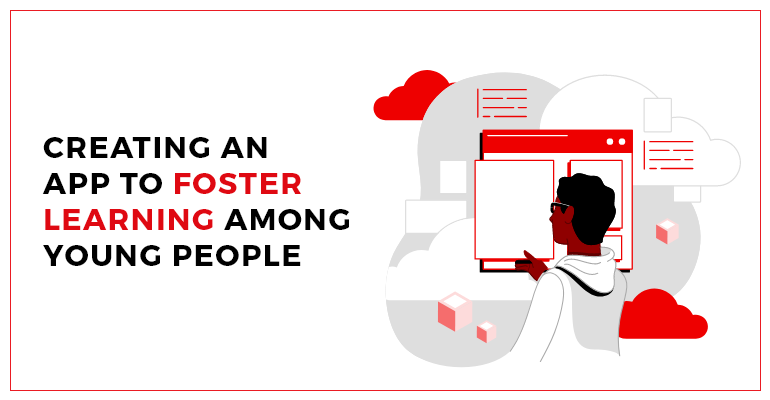The wellness and fitness industry has grown substantially. In 2023, the U.S. health and wellness industry reached $1,280.77 billion and is projected to grow to $2,204.18 billion by 2033. This growth is fueling demand for fitness apps like Yoga Go, which has gained millions of users worldwide. But just how much does the Yoga Go app cost? And what features make it so popular?
Yoga Go offers tailored workouts, tracking tools, and an easy-to-use interface, making it a top choice for users who want to integrate wellness into their daily routines. With over 7,100 monthly searches for the “Yoga Go app,” the demand for accessible, personalized fitness at home or on the go is clear. If you’re thinking about creating a fitness app like Yoga Go, understanding the cost of developing such an app and the features that keep users engaged is essential.
This guide will explore the Yoga Go app’s cost, features, and development considerations, helping you see what it takes to build a top-notch fitness app. With TechnBrains, a top mobile app development company in Dallas, you’re one step closer to bringing your fitness app idea to life.
Yoga Go App Cost Breakdown
The Yoga Go app is available for free download. It offers a range of in-app purchases and subscriptions to unlock premium content and features. Here’s a quick breakdown of the Yoga Go app cost:
- 12-Month Subscription: $52.99 annually, which averages to about $4.42 per month.
- 1-Month Premium Subscription: $19.99 monthly, providing premium content access.
- 1-Month Basic Subscription: $4.99 monthly, a more budget-friendly option with limited features.
- One-Time Purchase of Guides: $29.99 for access to yoga guides that users can refer to anytime.
This pricing structure gives users flexibility, allowing them to choose a subscription plan based on their fitness goals and budget. The variety of options ensures Yoga Go caters to a wide range of users, from those looking for short-term engagement to those who plan to stick with the app long-term.
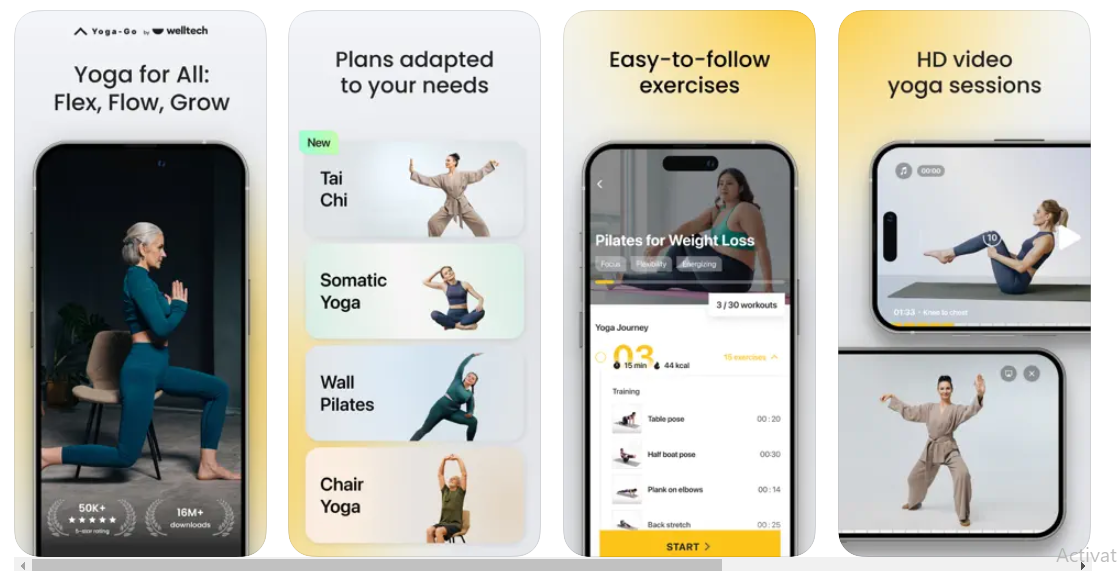
An App Like the Yoga Go App
To make an app like Yoga Go app involves six steps:
- Understanding the Core Features of the Yoga Go App
- Deciding on Your Monetization Strategy
- Designing a User-Friendly Interface
- Building Effective Onboarding and Customer Support
- Integrating Personalized Features and Content
- Ensuring Seamless Subscription and In-App Purchase Options
Key Features Affecting the Yoga Go App Cost
Developing an app like Yoga Go goes beyond coding; it’s about creating a platform that users find engaging, effective, and worth the cost. To understand the Yoga Go App Cost, let’s break down the core features users expect:
Diverse Workouts
Offering a variety of yoga styles, including wall pilates and somatic exercises, ensures accessibility for all skill levels.
Personalized Fitness Plans
Users can set goals such as weight loss, flexibility, or relaxation, which enhances engagement.
Guided Yoga Challenges
These challenges motivate users to stay consistent and build a routine, increasing the app’s value.
Atmospheric Sounds
Relaxing sounds, like birds chirping, improve the overall experience, making it a key feature many users appreciate.
User Feedback Mechanisms
Allowing users to adjust class difficulty based on feedback helps retain engagement.
These features not only enhance user experience but also influence the Yoga Go App Cost, as they require high-quality design and development.
Monetization Strategies and Their Impact on the Yoga Go App Cost
Monetizing a fitness app like Yoga Go requires a careful balance of cost and accessibility. Here are the primary revenue models that impact the Yoga Go App Cost:
- Freemium Model: Offering basic features for free and prompting users to upgrade for additional benefits encourages initial downloads.
- Subscription-Based Model: A common choice for fitness apps, monthly or annual plans provide ongoing access to premium features, driving recurring revenue.
- In-App Purchases: Users can pay for specific features, making the app affordable while catering to those willing to invest more in their wellness journey.
- Careful Ad Placement: Ads offer an income stream without overwhelming users, especially if users can opt to go ad-free for a fee.
Each of these app monetization strategies impacts the Yoga Go App Cost and its overall user experience. Choosing the right one can ensure the app’s success and user retention.
Designing a User-Friendly Interface that Justifies the Yoga Go App Cost
A fitness app’s design can significantly impact its cost-effectiveness and user engagement. A streamlined, intuitive interface is critical to justifying the Yoga Go App Cost. Here’s what it takes to create a winning interface:
- Clear Navigation: Organizing tabs for workouts, challenges, and settings makes it easy for users to find what they need.
- Minimalist Design: Clean visuals help users focus on their practice without distractions.
- Responsive Layout: A responsive app that functions across devices enhances accessibility.
- Personalization Options: Customizable options, like workout preferences and reminder settings, can make users feel the app is tailored to them.
A well-designed interface not only improves the experience but also builds value, helping users see the worth in the Yoga Go App Cost.
Building Effective Onboarding and Customer Support
When it comes to making users feel welcome in an app, your first impression does the job for you. With the Yoga Go App Cost in mind, you need to have an effective onboarding so that your users see value right away.
When a user first opens the app, a quick and clear walkthrough introduces them to the main features, making it easy to get started without feeling lost. Make the initial sign-up process as easy as possible. Make sure to use tooltips, walkthroughs, and in-app videos to help users learn how to use the app. You can also introduce features gradually as users become more comfortable with the app. Gather feedback so you can adjust the onboarding process based on how users behave and what they like. This first experience matters because it reduces the chances of frustration and increases the likelihood that users will keep coming back.
To provide the best customer support, use multiple channels like email, social media, and in-app feedback. Set clear response time goals, known as service level agreements (SLAs), and use Artificial Intelligence services to handle common questions quickly. Focus on urgent issues and give friendly and check-in to make sure everything is resolved. Having easy access to help when they need it creates a positive experience, showing users that the Yoga Go App Cost is worth it.
Personalized Content and Subscription Flexibility
Personalization is a big advantage for fitness apps like Yoga Go, especially at a reasonable Yoga Go App Cost. Users enjoy features like custom workout plans, reminders, and progress tracking. When the app suggests exercises based on goals such as weight loss, flexibility, or relaxation, it helps users stay motivated and feel connected to their fitness journey.
This personalization shows that each user’s unique path is important. By offering features that adapt to individual needs, the cost of the Yoga Go App becomes worthwhile. It provides an engaging and relevant experience for users.
Streamlining Subscription and Payment Options
A smooth subscription and payment process is important for fitness apps like Yoga Go. When users decide to subscribe, they want a quick and easy experience, especially when paying for an app at a specific price point like the Yoga Go App Cost. Complicated payment options or unclear subscription details can frustrate users and lead them to abandon their purchases. Research shows that around 21% of users in the USA give up on purchases due to confusing or long payment processes. By making the subscription flow simple, an app boosts user satisfaction, builds trust, and makes the Yoga Go App Cost feel worth the cost.
To create this smooth experience, fitness apps should offer clear subscription plans. Yoga Go provides several payment options: a yearly subscription for $52.99, a monthly premium plan for $19.99, and a basic monthly plan for $4.99. This variety allows users to choose a plan that fits their budget and fitness goals, making the Yoga Go App Cost accessible to many users. Additionally, offering one-time purchases for yoga guides lets users pay only for specific resources if they prefer, enhancing the value of the Yoga Go app.
It’s also important to support multiple payment methods, like credit cards, PayPal, and sometimes Google Pay or Apple Pay. This flexibility improves user experience and convenience, letting users choose the payment method that works best for them. The app should show all fees clearly to ensure transparency in pricing. When users feel confident in the subscription and payment process, they are more likely to stay subscribed, which justifies the Yoga Go App Cost and strengthens their long-term relationship with the app.

Balancing Features with the Yoga Go App Cost
Creating an app like Yoga Go is an intricate process, requiring careful planning, feature integration, and seamless functionality. A well-structured app with clear monetization options and user-centered features not only keeps users engaged but also makes the Yoga Go App Cost worthwhile.
TechnBrains can create an app like Yoga Go at a price that balances quality and cost. Building an app with features like personalized workouts, guided challenges, in-app purchases, and easy navigation will typically cost between $50,000 and $150,000.
The Yoga Go App Cost depends on the features and design complexity you choose. This investment includes planning, design, development, and testing. Our experienced fitness app developers will work with you to ensure your app meets user needs and stands out in the fitness industry. Let us discuss how we can bring your app idea to life within your budget!


